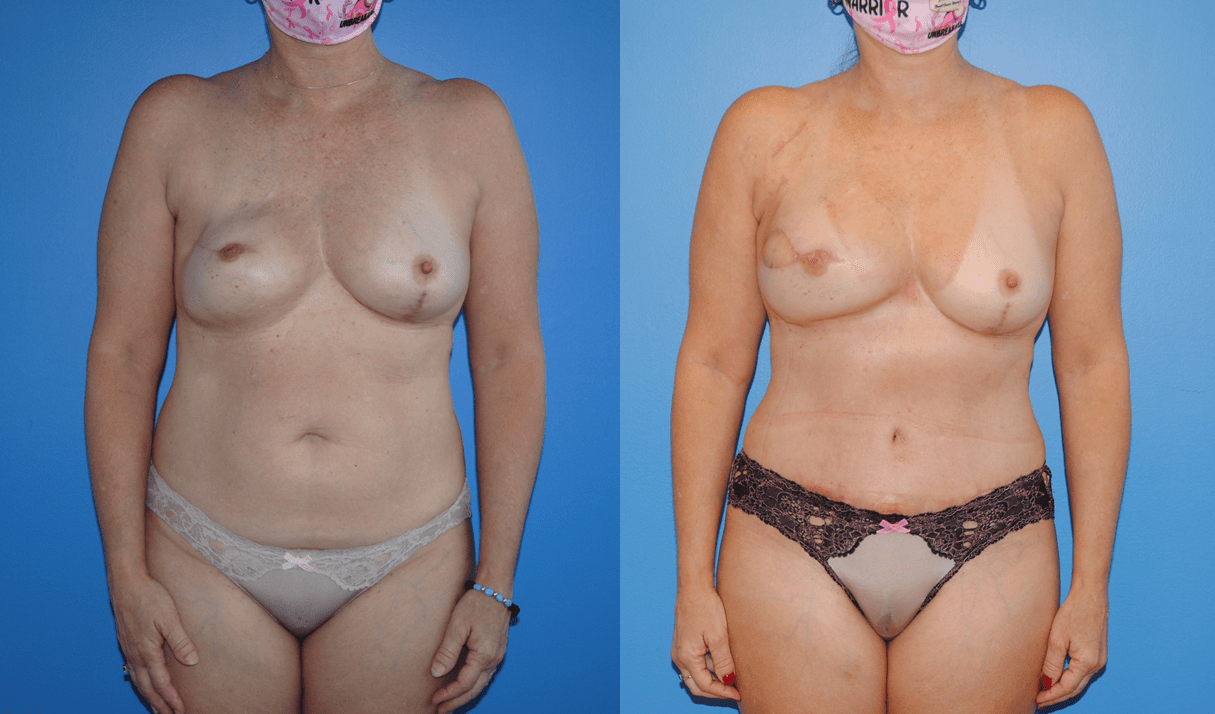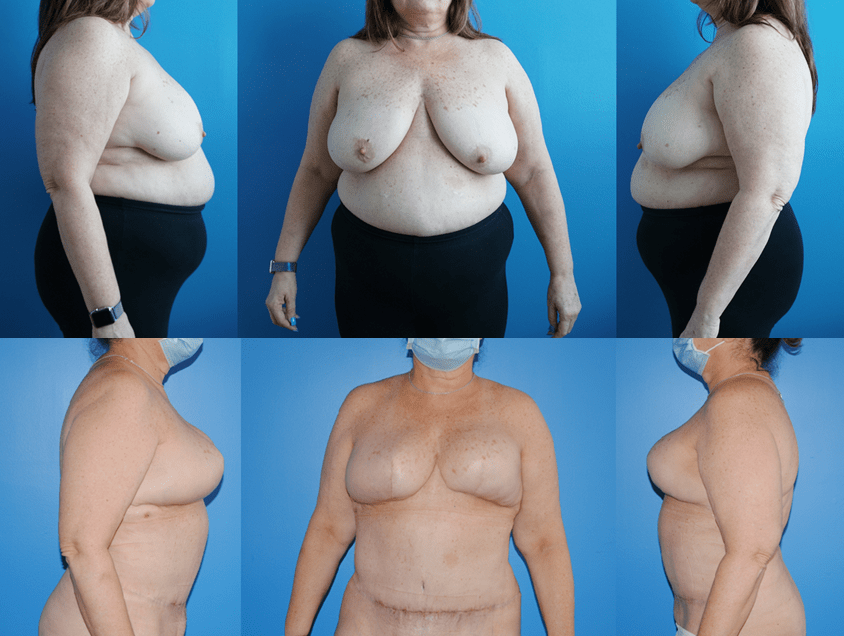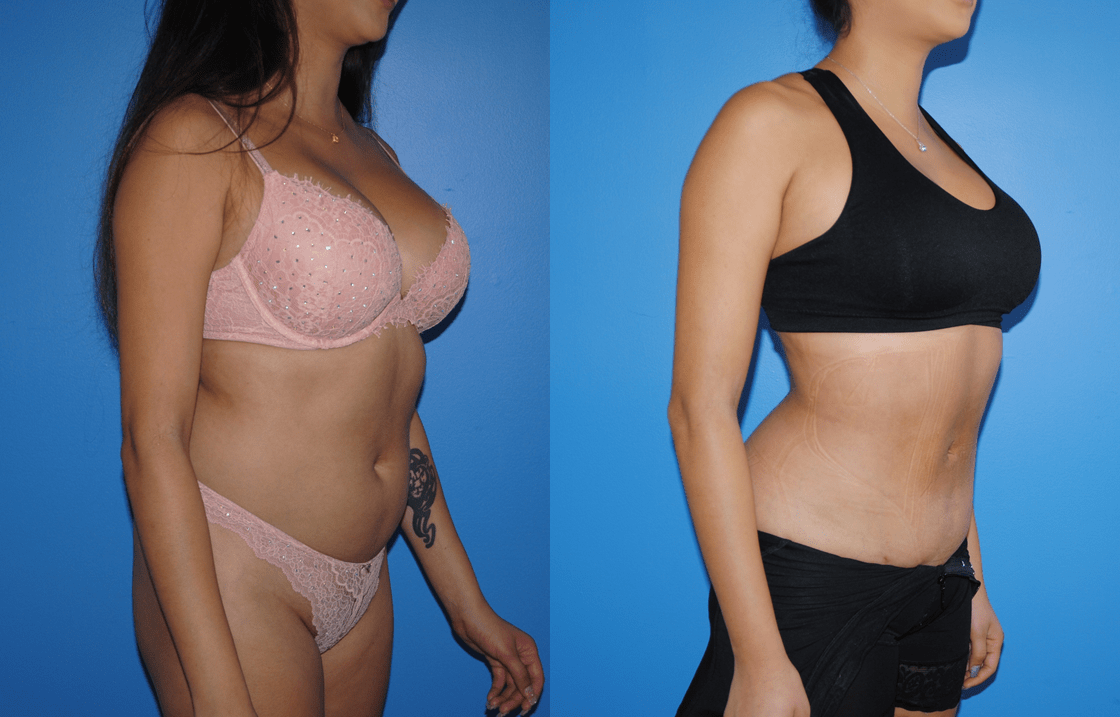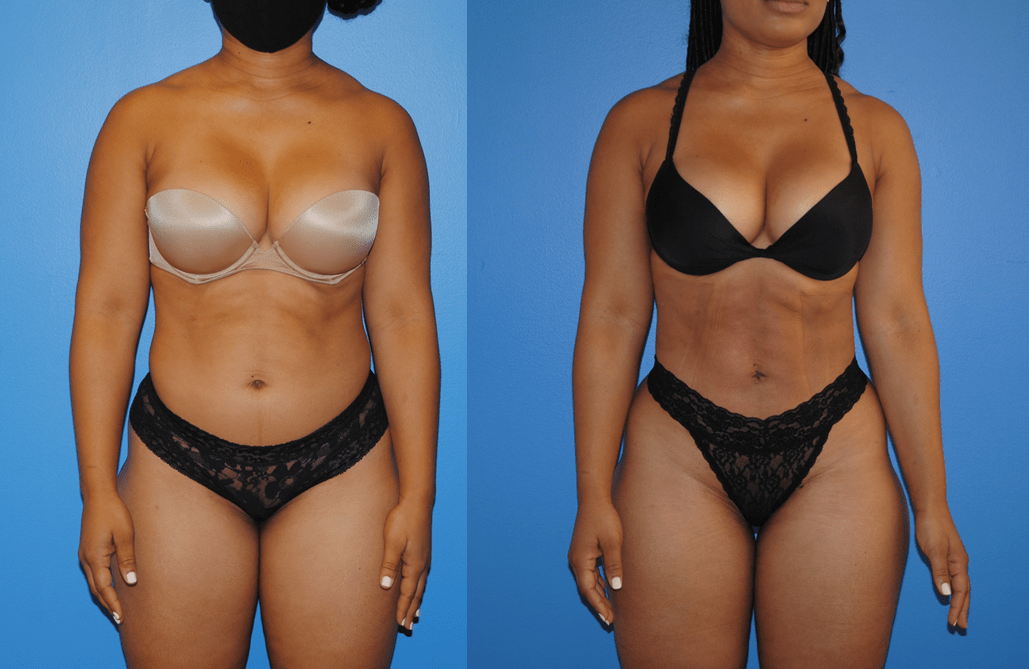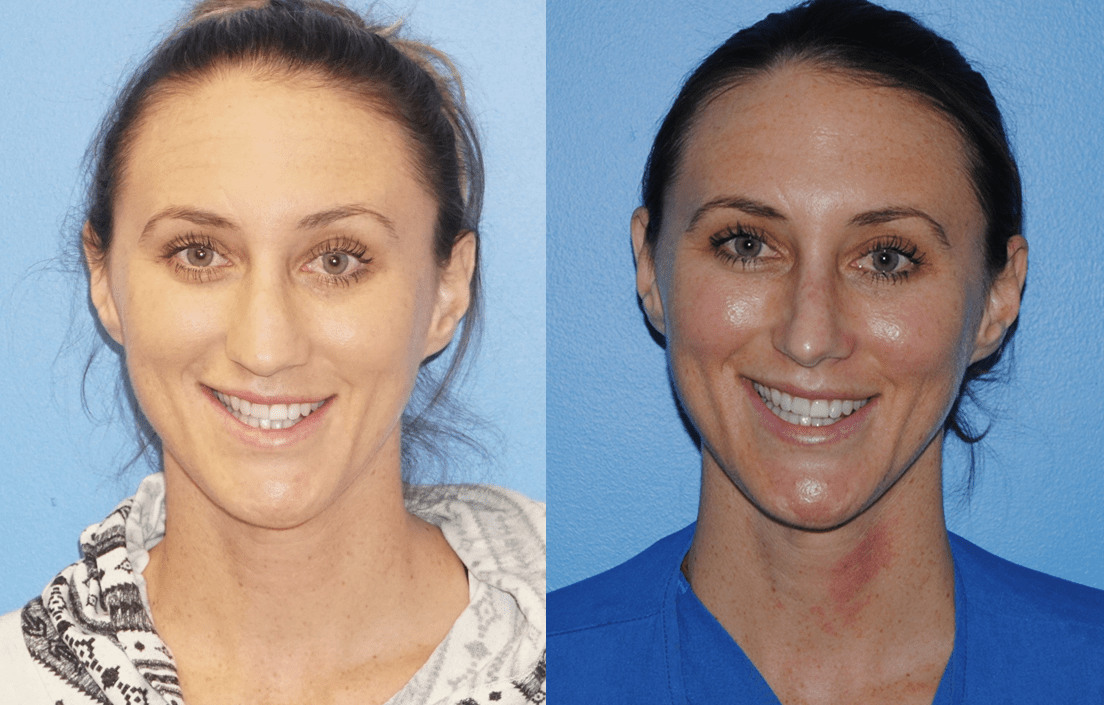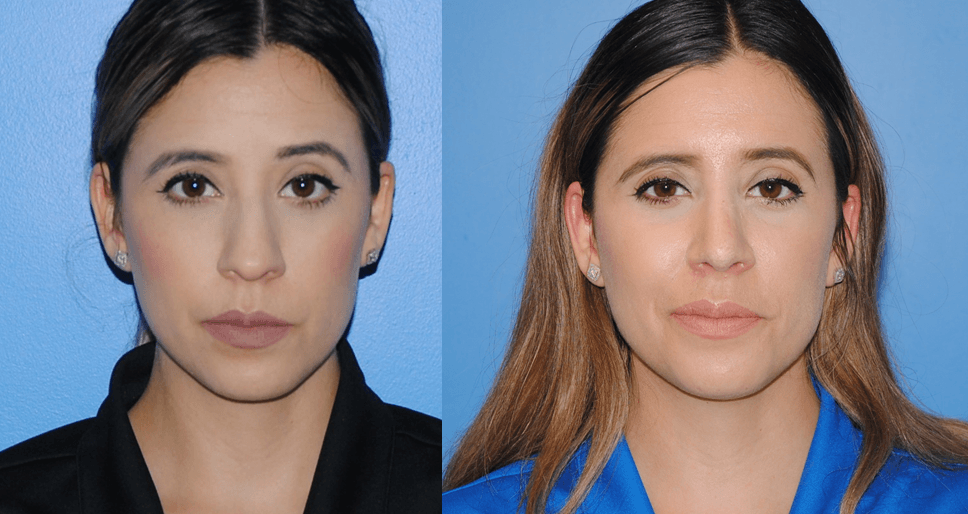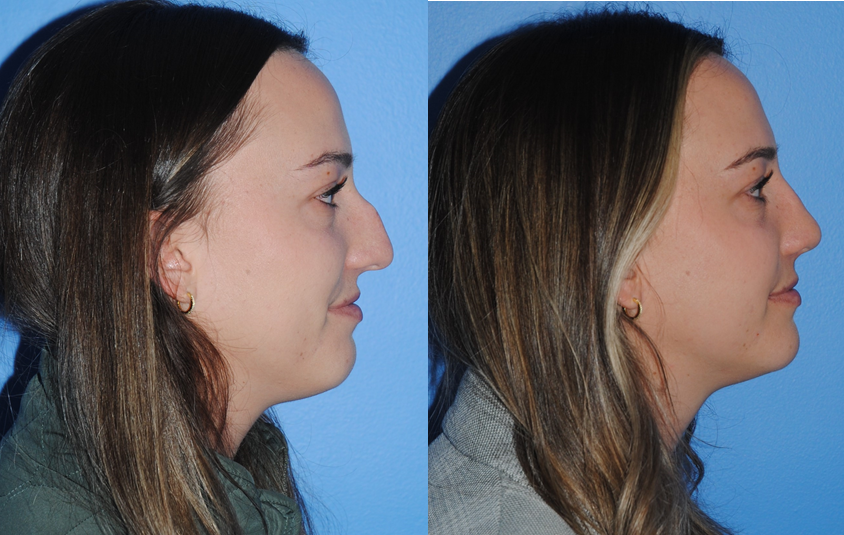Rhinoplasty is a commonly performed procedure. There are many reasons why a patient would want to undergo a rhinoplasty operation. One of the more common reasons is to soften the appearance of the nose. Often several small changes can add up and lead to a significant change. Small changes to the profile or nasal tip can make the overall appearance…



